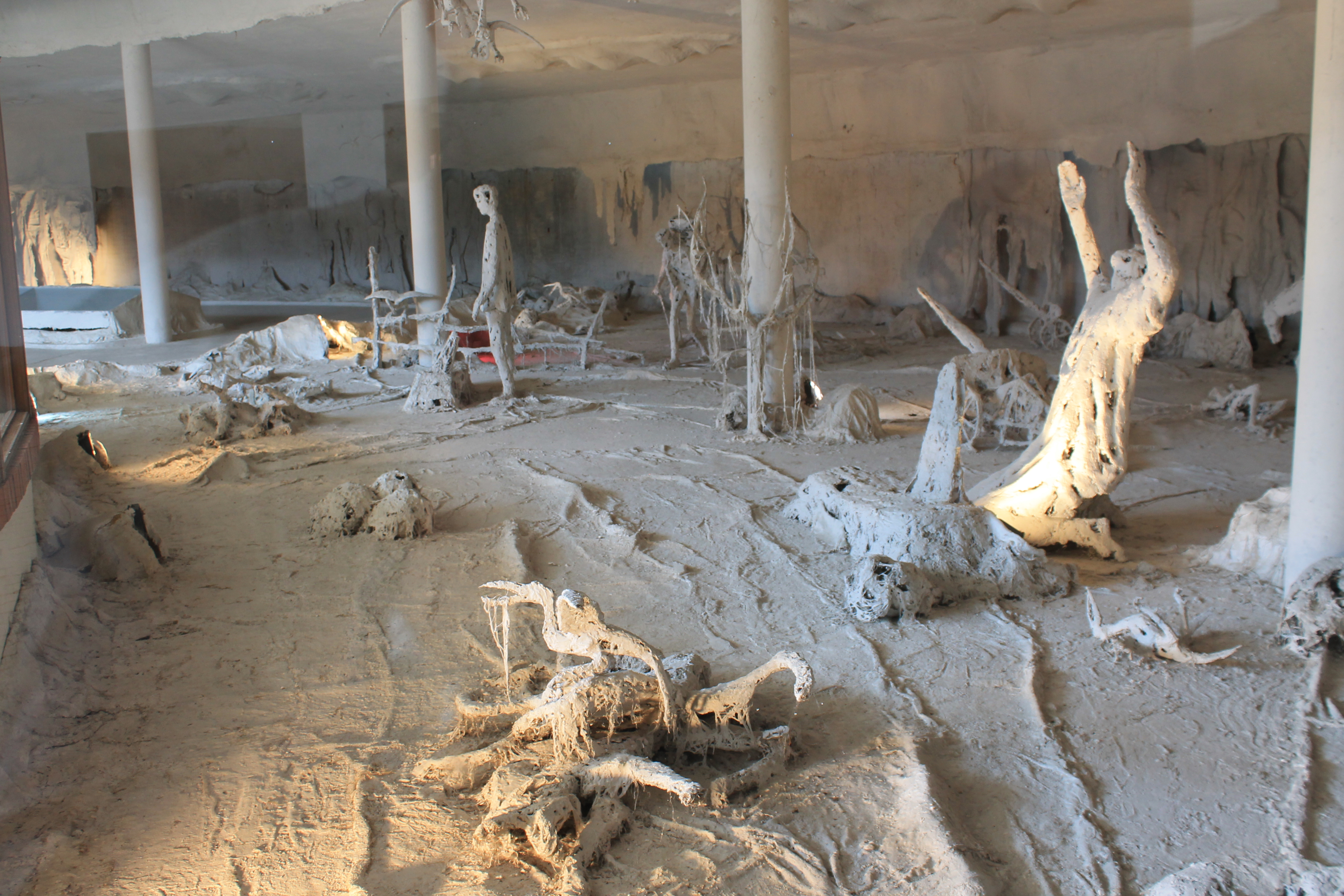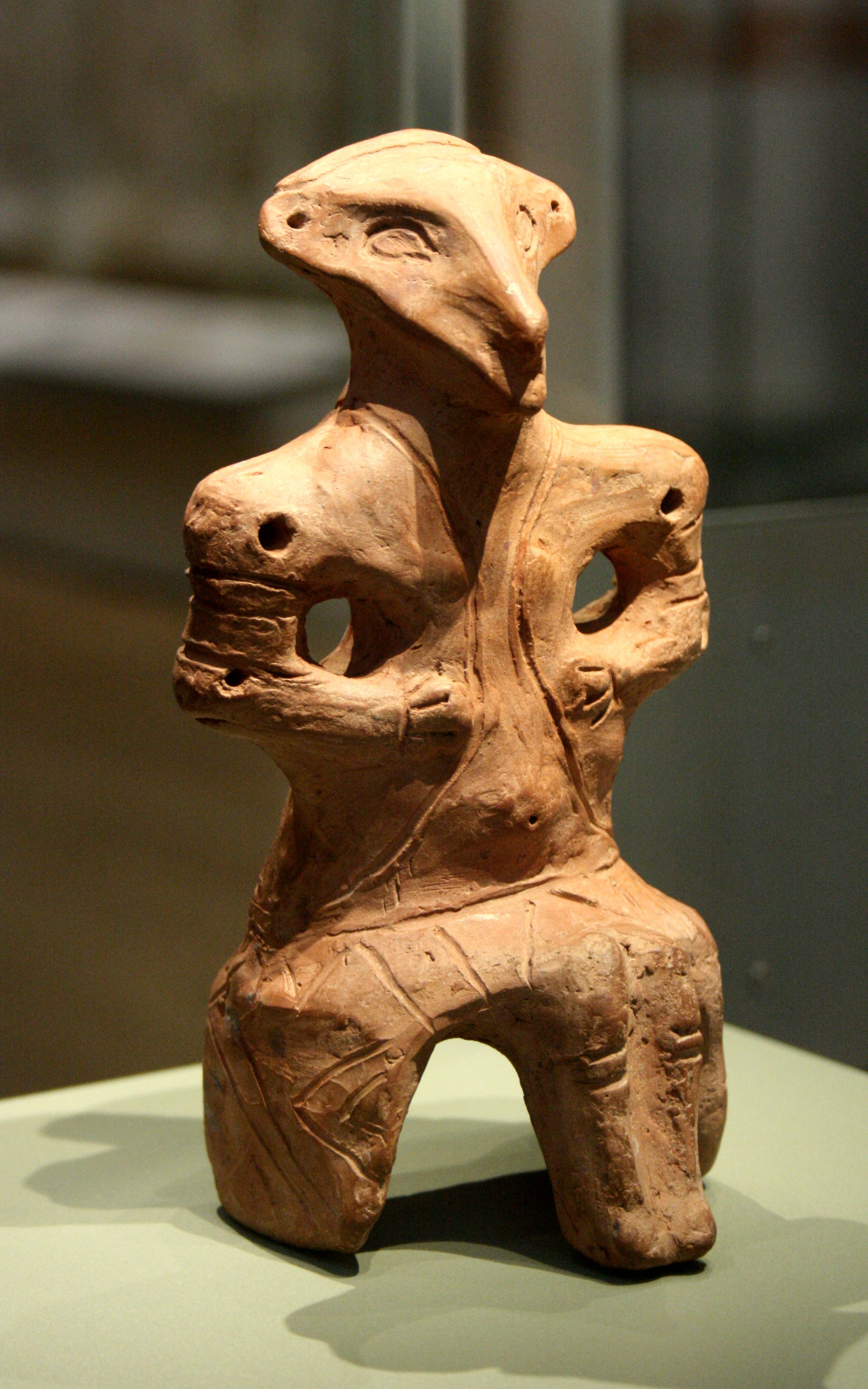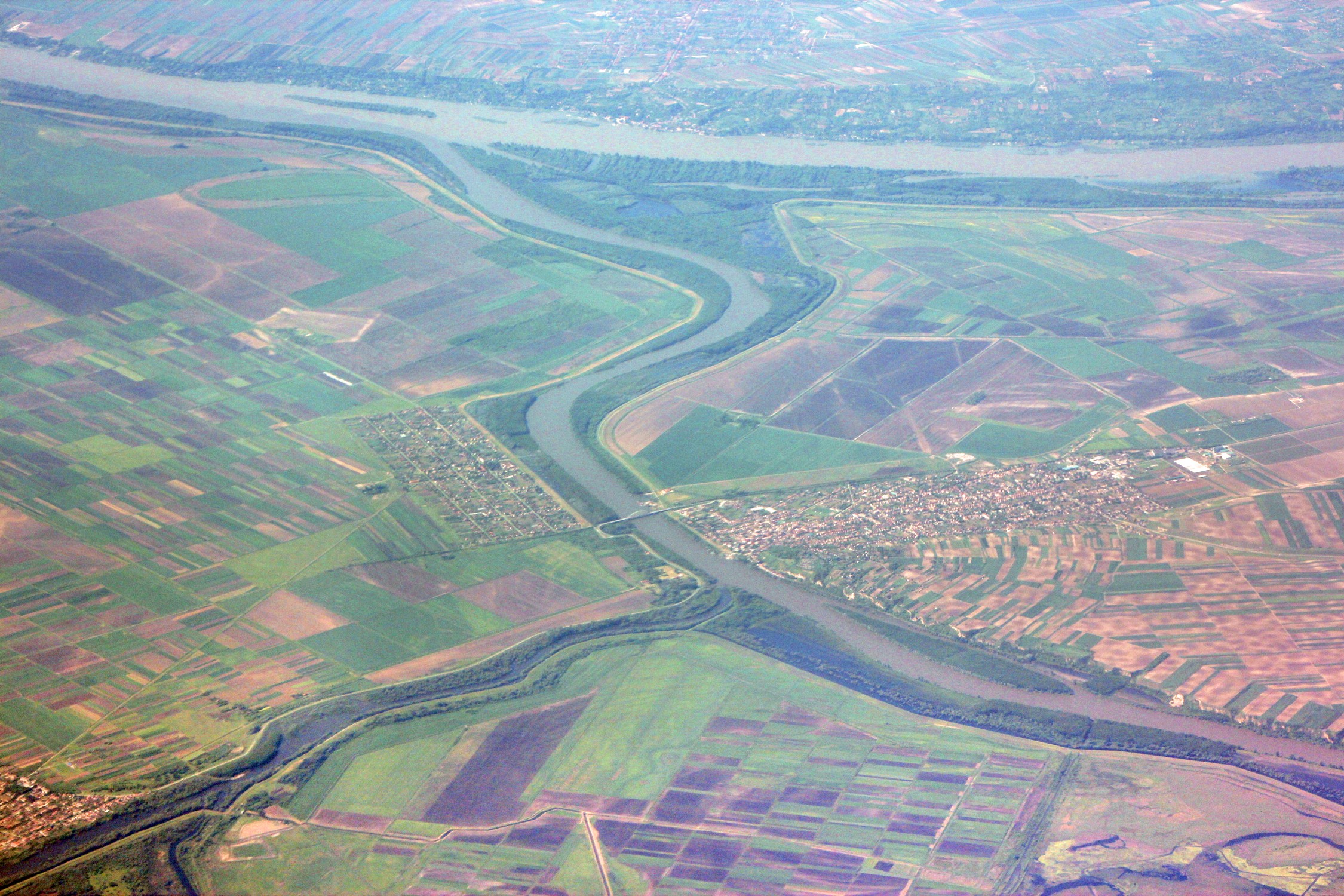|
Bosut Gradina
Bosut Gradina ( sr, Градина на Босуту / ) is an archeological site in Serbia. It is located on the left bank of the Bosut river, located between the villages of Vašica and Batrovci, Šid municipality, Syrmia District, province of Vojvodina. The site contains remains from several time periods, including Neolithic, Eneolithic, Bronze Age, and Iron Age findings. Most remarkable findings are remains of Iron Age Bosut culture, which was named after this archaeological locality. Archaeological findings This site incorporating following findings: *Neolithic period: findings of Sopot culture, Sopot-Lengyel culture, Lengyel culture, *Eneolithic period: findings of Boleras-Černavoda III culture, *Bronze Age: findings of Vinkovci culture and Vatin culture, *Iron Age: findings of Bosut culture and of Scordisci settlement. Bosut culture The Bosut culture, that was named after the Gradina site, is dated into early Iron Age and it is generally divided into three development st ... [...More Info...] [...Related Items...] OR: [Wikipedia] [Google] [Baidu] |
Šid
Šid ( sr-cyr, Шид, ) is a town and municipality located in the Srem District of the autonomous province of Vojvodina, Serbia. It has a population of 14,893, while the municipality has 34,188 inhabitants. A border crossing between Serbia and Croatia is located in the town. Name In Serbian, the town is known as ''Šid'' (Шид), in Hungarian as ''Sid'', in German as ''Schid'', in Slovak as ''Šíd'', and in Rusyn as Шид. History Šid was firstly mentioned in 1702. At first, settlement was part of Danubian Military Frontier, but since the middle of the 18th century, it was part of the Syrmia County of the Habsburg Kingdom of Slavonia. In 1848-1849, Šid was part of Serbian Vojvodina, and in 1849-1860 part of Voivodeship of Serbia and Banat of Temeschwar. After the abolishment of the voivodeship in 1860, Šid was again incorporated into Syrmia County of the Kingdom of Slavonia. In 1868, Kingdom of Slavonia was joined with the Kingdom of Croatia into the Kingdom of Croatia- ... [...More Info...] [...Related Items...] OR: [Wikipedia] [Google] [Baidu] |
Vinkovci Culture
Vinkovci () is a city in Slavonia, in the Vukovar-Syrmia County in eastern Croatia. The city's registered population was 28,247 in the 2021 census, the total population of the city was 31,057, making it the largest town of the county. Surrounded by many large villages, it is a local transport hub, particularly because of its railways. Name The name comes from the Croatian given name Vinko, cognate to the name Vincent. It has been in use following a dedication of the oldest town church of Saint Elijah () to Saint Vincent the Deacon () in the Middle Ages. The name of the city in Croatian is plural. It was called in antiquity. There is no known Latin or Greek etymology for , so it is assumed to be inherited from an earlier time. ''Cibale'' is a toponym derived from geomorphology, from Indo-European meaning "ascension" or "head". It is assumed that the root is in Proto-Indo-European (head), in the sense of a hill, meaning a place that was protected from the flooding of Bosut. ... [...More Info...] [...Related Items...] OR: [Wikipedia] [Google] [Baidu] |
Eneolithic Serbia
The asterisk ( ), from Late Latin , from Ancient Greek , ''asteriskos'', "little star", is a typographical symbol. It is so called because it resembles a conventional image of a heraldic star. Computer scientists and mathematicians often vocalize it as star (as, for example, in ''the A* search algorithm'' or '' C*-algebra''). In English, an asterisk is usually five- or six-pointed in sans-serif typefaces, six-pointed in serif typefaces, and six- or eight-pointed when handwritten. Its most common use is to call out a footnote. It is also often used to censor offensive words. In computer science, the asterisk is commonly used as a wildcard character, or to denote pointers, repetition, or multiplication. History The asterisk has already been used as a symbol in ice age cave paintings. There is also a two thousand-year-old character used by Aristarchus of Samothrace called the , , which he used when proofreading Homeric poetry to mark lines that were duplicated. Origen is ... [...More Info...] [...Related Items...] OR: [Wikipedia] [Google] [Baidu] |
Neolithic Serbia
The best known cultural archaeological discoveries from the prehistoric period on the territory of modern-day Serbia are the Starčevo and Vinča cultures dating back to 6400–6200 BC. Serbia's strategic location between two continents has subjected it to invasions by many nations. History The territory of present-day Serbia is situated in the central region of Balkan peninsula. It lies on one of the major migration routes connecting the Middle East with central Europe. Traces of human population in this area go back to at least to 400 000 (see Sićevo Gorge). Morava- Vardar corridor has seen regular waves of migrations throughout its history. It is one of the probable paths of original human expansion into Europe. This region was home to several important Mesolithic and Paleolithic cultures. Some of the oldest traces of agriculture in Europe are found in this area. Its fertile river valleys are the probable conduit through which agriculture has spread from the Middle East a ... [...More Info...] [...Related Items...] OR: [Wikipedia] [Google] [Baidu] |
Tourism In Vojvodina
The Autonomous Province of Vojvodina is an Autonomous administrative division, autonomous province of Serbia, located in the northern part of the country, in the Pannonian Plain of Central Europe. Novi Sad is the largest city and administrative center of Vojvodina and the second largest city in Serbia. Vojvodina has a population over 1.93 million (approximately 26.88% of Serbia excluding Kosovo and 21.56% including Kosovo). It has a multi-ethnic and multi-cultural identity, with a number of mechanisms for the promotion of minority rights; there are more than 26 ethnic groups in the province, which has six official languages. Most of Vojvodina is a flat terrain, but there are several mountain areas such are Fruška Gora, Vršac Mountains, Titelski Breg, and Zagajička Brda, as well as sandy areas such are Deliblatska Peščara (nicknamed "the European Sahara"), and Subotička Peščara. There are also many water areas in Vojvodina, including rivers, lakes, bogs, as well as artifi ... [...More Info...] [...Related Items...] OR: [Wikipedia] [Google] [Baidu] |
Tourism In Serbia
Tourism in Serbia is officially recognized as a primary area for economic and social growth. The hotel and catering sector accounted for approximately 2.2% of GDP in 2015. Tourism in Serbia employs some 75,000 people, about 3% of the country's workforce. In recent years the number of tourists is increasing, especially foreign ones for about hundred thousand arrivals more each year. In 2019, tourism generated an income of nearly $1.698 billion, hosting 3 million and seven hundred thousand tourists, half of whom were foreigners. Chinese tourists were the most numerous foreign visitors, followed by tourists from Bosnia and Herzegovina, Bulgaria, Turkey, and Germany. Major destinations for foreign tourists are Belgrade, Novi Sad and Niš, while domestic tourists prefer spas and mountain resorts. Eco-friendly and sustainable tourism has also become very popular among domestic tourists, with many young people visiting various nature reserves and parks in the western and southern part of ... [...More Info...] [...Related Items...] OR: [Wikipedia] [Google] [Baidu] |
Republic Of Serbia
Serbia (, ; Serbian: , , ), officially the Republic of Serbia ( Serbian: , , ), is a landlocked country in Southeastern and Central Europe, situated at the crossroads of the Pannonian Basin and the Balkans. It shares land borders with Hungary to the north, Romania to the northeast, Bulgaria to the southeast, North Macedonia to the south, Croatia and Bosnia and Herzegovina to the west, and Montenegro to the southwest, and claims a border with Albania through the disputed territory of Kosovo. Serbia without Kosovo has about 6.7 million inhabitants, about 8.4 million if Kosvo is included. Its capital Belgrade is also the largest city. Continuously inhabited since the Paleolithic Age, the territory of modern-day Serbia faced Slavic migrations in the 6th century, establishing several regional states in the early Middle Ages at times recognised as tributaries to the Byzantine, Frankish and Hungarian kingdoms. The Serbian Kingdom obtained recognition by the Holy See and Const ... [...More Info...] [...Related Items...] OR: [Wikipedia] [Google] [Baidu] |
Archaeological Sites Of Great Importance (Serbia)
Immovable Cultural Heritage of Great Importance ( sr, Непокретна културна добра од великог значаја / ''Nepokretna kulturna dobra od velikog značaja'') are those objects of Immovable Cultural Heritage of Serbia, cultural heritage that enjoy the second-highest level of state protection in the Republic of Serbia, behind the Immovable Cultural Heritage of Exceptional Importance (Serbia), Immovable Cultural Heritage of Exceptional Importance. Immovable Cultural Heritage is classified as being of Great Importance upon decision by the National Assembly of Serbia. They are inscribed in the ''Central Register of Immovable cultural property'' maintained by the Institute for the Protection of Cultural Monuments of Serbia. Objects of Immovable cultural heritage have to fulfill one or more of those criteria defined in the ''Law on Cultural Heritage'' of 1994 in order to be categorized as being "of great importance": # importance for a certain area or time-s ... [...More Info...] [...Related Items...] OR: [Wikipedia] [Google] [Baidu] |
Getae
The Getae ( ) or Gets ( ; grc, Γέται, singular ) were a Thracian-related tribe that once inhabited the regions to either side of the Lower Danube, in what is today northern Bulgaria and southern Romania. Both the singular form ''Get'' and plural ''Getae'' may be derived from a Greek exonym: the area was the hinterland of Greek colonies on the Black Sea coast, bringing the Getae into contact with the ancient Greeks from an early date. Although it is believed that the Getae were related to their westward neighbours, the Dacians, several scholars, especially in the Romanian historiography, posit that the Getae and the Dacians were the same people. Ethnonym The ethnonym ''Getae'' was first used by Herodotus. The root was also used for the Tyragetae, Thyssagetae, Massagetae, and others. Getae and Dacians Ancient sources Strabo, one of the first ancient sources to mention Getae and Dacians, stated in his ''Geographica'' ( 7BC – 20AD) that the Dacians lived in the wes ... [...More Info...] [...Related Items...] OR: [Wikipedia] [Google] [Baidu] |
Dacians
The Dacians (; la, Daci ; grc-gre, Δάκοι, Δάοι, Δάκαι) were the ancient Indo-European inhabitants of the cultural region of Dacia, located in the area near the Carpathian Mountains and west of the Black Sea. They are often considered a subgroup of the Thracians. This area includes mainly the present-day countries of Romania and Moldova, as well as parts of Ukraine, Moravian Banovina, Eastern Serbia, Northern Bulgaria, Slovakia, Hungary and Southern Poland. The Dacians and the related Getae spoke the Dacian language, which has a debated relationship with the neighbouring Thracian language and may be a subgroup of it. Dacians were somewhat culturally influenced by the neighbouring Scythians and by the Celtic invasion of the Balkans, Celtic invaders of the 4th century BC. Name and etymology Name The Dacians were known as ''Geta'' (plural ''Getae'') in Ancient Greek writings, and as ''Dacus'' (plural ''Daci'') or ''Getae'' in Roman Empire, Roman documents, b ... [...More Info...] [...Related Items...] OR: [Wikipedia] [Google] [Baidu] |
Triballi
The Triballi ( grc, Τριβαλλοί, Triballoí, lat, Triballi) were an ancient people who lived in northern Bulgaria in the region of Roman Oescus up to southeastern Serbia, possibly near the territory of the Morava Valley in the late Iron Age. The Triballi lived between Thracians to the east, Illyrians the west and Celts to the north and were influenced by them. As such in contemporary sources, they are variably described as an independent, Thracian, Illyrian or Celtic tribe. As an existing people, the Triballi are mentioned for the last time by Roman historian Appian (2nd century CE). According to Appian, the Triballi were reduced in numbers through their wars against the Scordisci and fled among the Getae, north of the Danube before they went extinct as a distinct people. History The Triballi ( grc, Τριβαλλοί, Triballoí) are mentioned for the first in history by ancient Greek authors of Classical period: Aristotle and Demosthenes, both of whom lived in the 4th ... [...More Info...] [...Related Items...] OR: [Wikipedia] [Google] [Baidu] |
Bosut-Basarabi Complex
The Bosut-Basarabi complex is a common name for two related prehistoric Iron Age cultures in Southeastern Europe: * The Bosut culture * The Basarabi culture The Basarabi culture was an archaeological culture in Southeastern Europe (mainly in Romania), dated between 8th - 7th centuries BC. It was named after Basarabi, a village in Dolj County, south-western Romania, nowadays an administrative componen ... References {{SIA Archaeological cultures of Europe Iron Age cultures of Europe ... [...More Info...] [...Related Items...] OR: [Wikipedia] [Google] [Baidu] |








